As industrial buildings get older and businesses evolve and modernise, it is essential that industrial property owners take steps to modernise their industrial buildings.
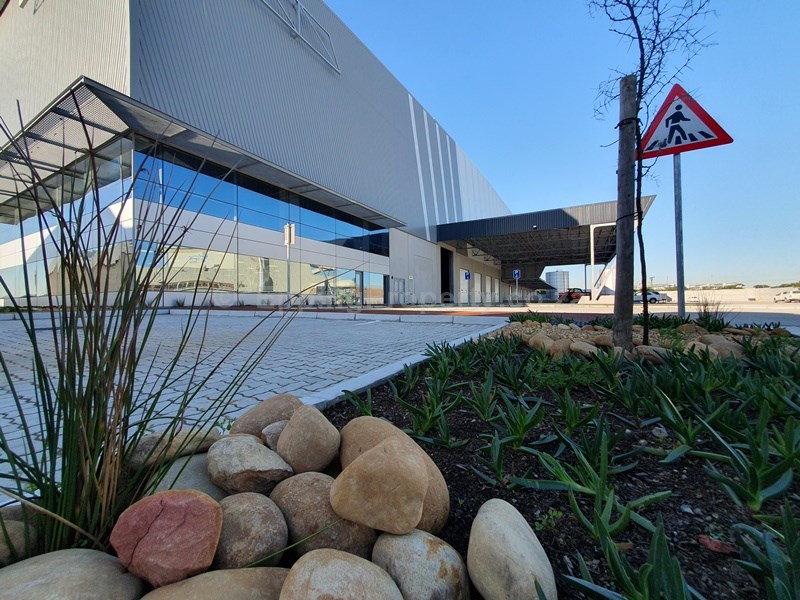
Integrate Technology
Embrace technology to boost operational efficiency and connectivity within the industrial building. This may involve implementing intelligent sensors, Internet of Things (IoT) devices, and automation systems. These can monitor and optimise energy consumption, inventory management, and equipment maintenance. Intelligent technologies are devices and systems that use data and automation to optimise the operation and management of a building. For example, smart sensors can monitor and control temperature, humidity, air quality and occupancy levels. Also, adjusting them according to the occupants’ needs and preferences. Smart meters can track and analyse energy consumption and demand, enabling dynamic pricing and load shifting. Intelligent security systems can enhance the safety and protection of the building and its assets.
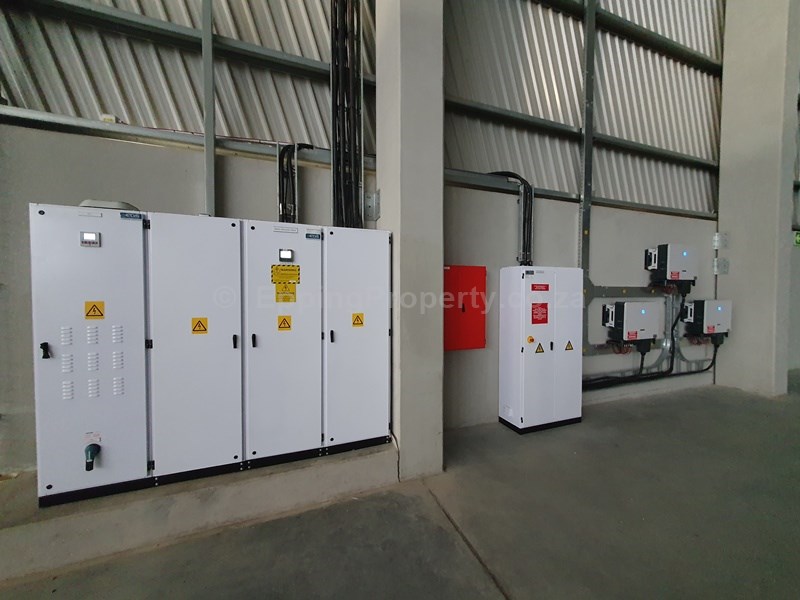
Enhance Energy Efficiency
Upgrade the building’s energy systems to reduce consumption and lower operational costs. This can be achieved by installing energy-efficient lighting, improving insulation, and utilising renewable energy sources like solar panels. Also, implementing energy management systems to track and optimise usage. Conduct an energy audit. An energy audit is a systematic assessment of the energy performance of a building, identifying areas of improvement and potential savings. An energy audit can help property owners prioritise the most cost-effective and impactful energy efficiency measures, such as upgrading lighting, insulation, HVAC systems and renewable energy sources. It is important to note that all owners of industrial buildings larger than 2,000 sqm, by law, need to conduct an energy audit in the near future.
Improve Security
Integrate advanced surveillance, access control, and alarm systems to enhance security. This protects the building and its assets, fostering a safe working environment.
Improve Flexibility, Adaptability and Functionality
Modify the building layout to accommodate changing tenant needs. Consider open floor plans, demountable partitions, and modular designs that facilitate easy reconfiguration and customisation. Modernising an industrial building does not only mean improving its technical performance but also its functional and aesthetic qualities. Property owners can redesign the layout and configuration of the building to maximise space utilisation, flexibility and adaptability. They can also improve the appearance and appeal of the building by adding natural light, greenery, colour and art.
Implement Sustainable Practices
Reduce the building’s environmental impact by incorporating green materials, optimising water usage, promoting recycling and waste management, and obtaining certifications like LEED or BREEAM.
Improving connectivity and digital infrastructure
Ensure robust connectivity within the building to support data-intensive operations. This involves installing high-speed internet connections, establishing Wi-Fi networks, and providing adequate power and data outlets throughout the premises.
Upgrade Amenities
Enhance building amenities to attract tenants and improve employee satisfaction. Consider adding modern break rooms, fitness facilities, collaborative spaces, and improved parking facilities.
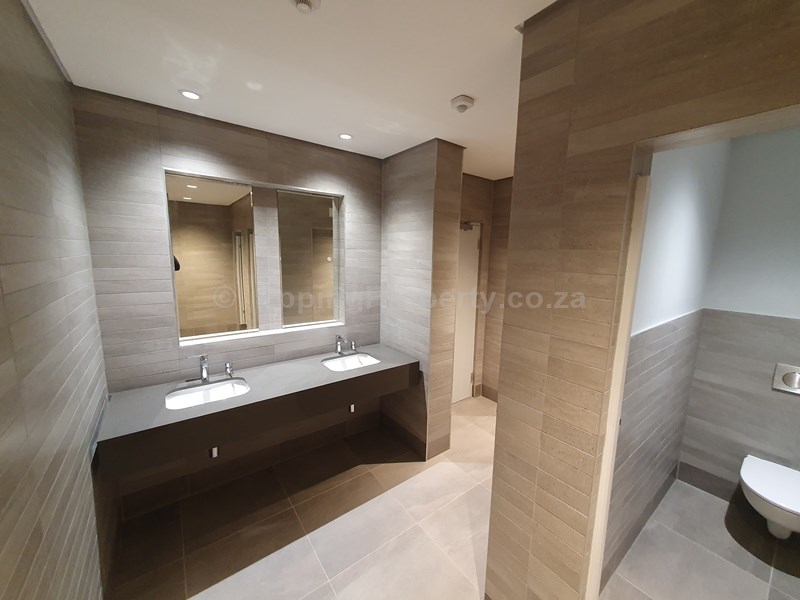
Create Collaborative Spaces
To foster tenant collaboration and innovation, it is important to establish shared spaces or coworking areas within the building. These spaces can be designed to encourage networking, knowledge sharing, and exchanging ideas. By doing so, you can create a sense of community within your building and help your tenants build relationships with one another. Additionally, shared spaces can help improve the overall productivity and creativity of your tenants. Therefore, it is essential to consider incorporating these spaces when designing or renovating a building.
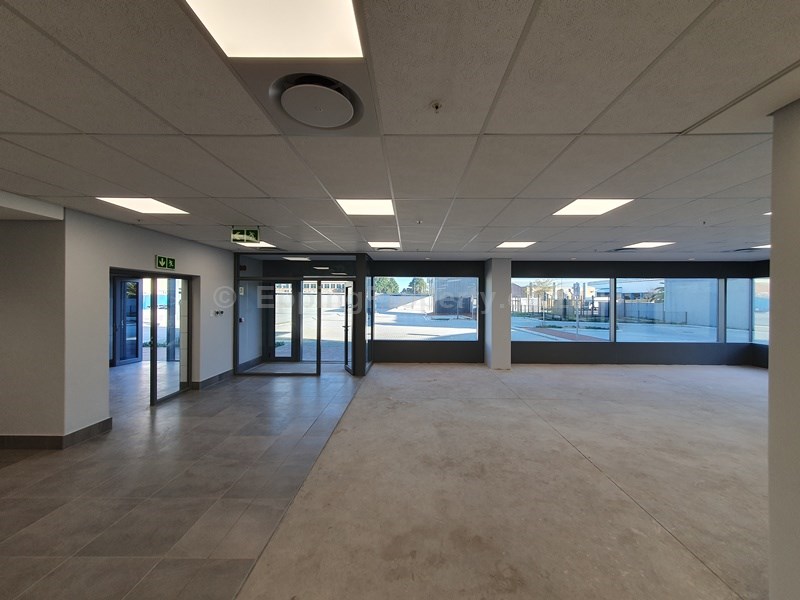
Improve Air Quality
To improve indoor air quality, it is important to implement systems such as proper ventilation, air filtration, and monitoring. This is particularly important for industrial buildings that are prone to air pollutants. By doing so, you can ensure that the air inside your building is clean and healthy for your occupants to breathe. Additionally, improving indoor air quality can help reduce the risk of respiratory illnesses and other health problems. Therefore, it is essential to consider implementing these systems when designing or renovating a building.
Ensure accessibility and compliance
To meet accessibility requirements and comply with relevant regulations, including safety codes and disability access standards, it is important to install ramps, elevators, accessible washrooms, and other features to accommodate individuals with disabilities. By doing so, you can ensure that your building is accessible to everyone and that you are not discriminating against people with disabilities. Additionally, providing these features can help improve the overall safety and comfort of your building occupants. Therefore, it is essential to consider accessibility when designing or renovating a building.
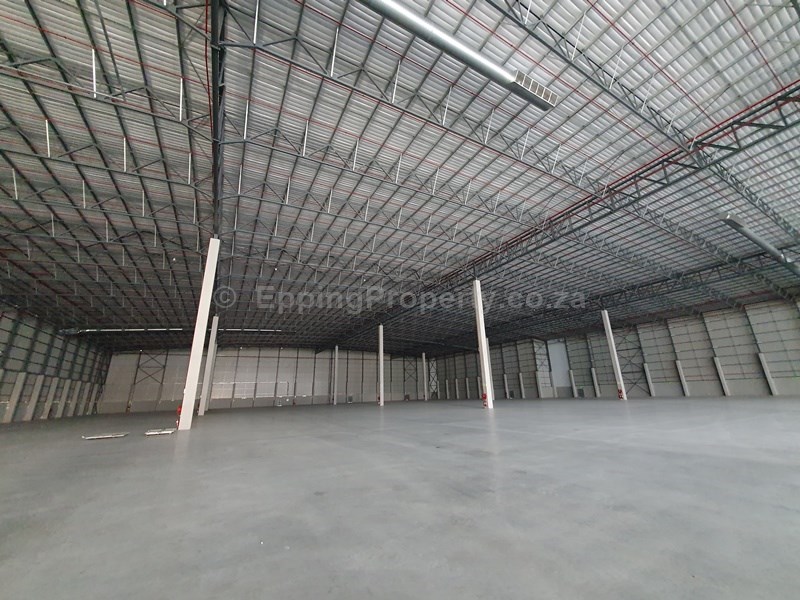
By taking steps to modernise industrial buildings, industrial real estate owners can enhance the value and functionality of their buildings. In addition, they can attract and retain high-quality tenants, comply with recent laws, and contribute to a sustainable and efficient industrial ecosystem. Therefore, it is essential for industrial real estate owners to consider modernising their buildings to stay competitive in today’s market and meet the needs of their tenants.